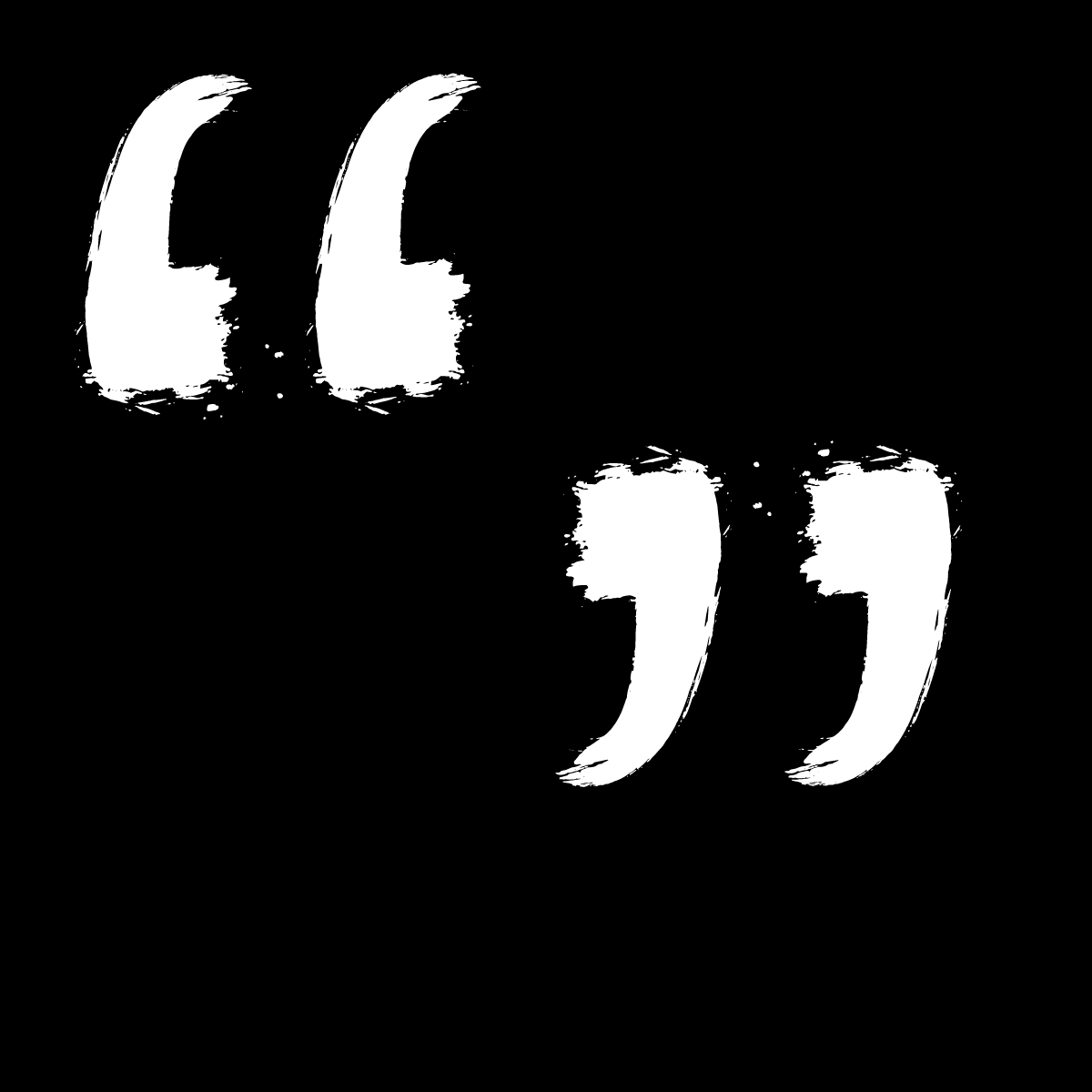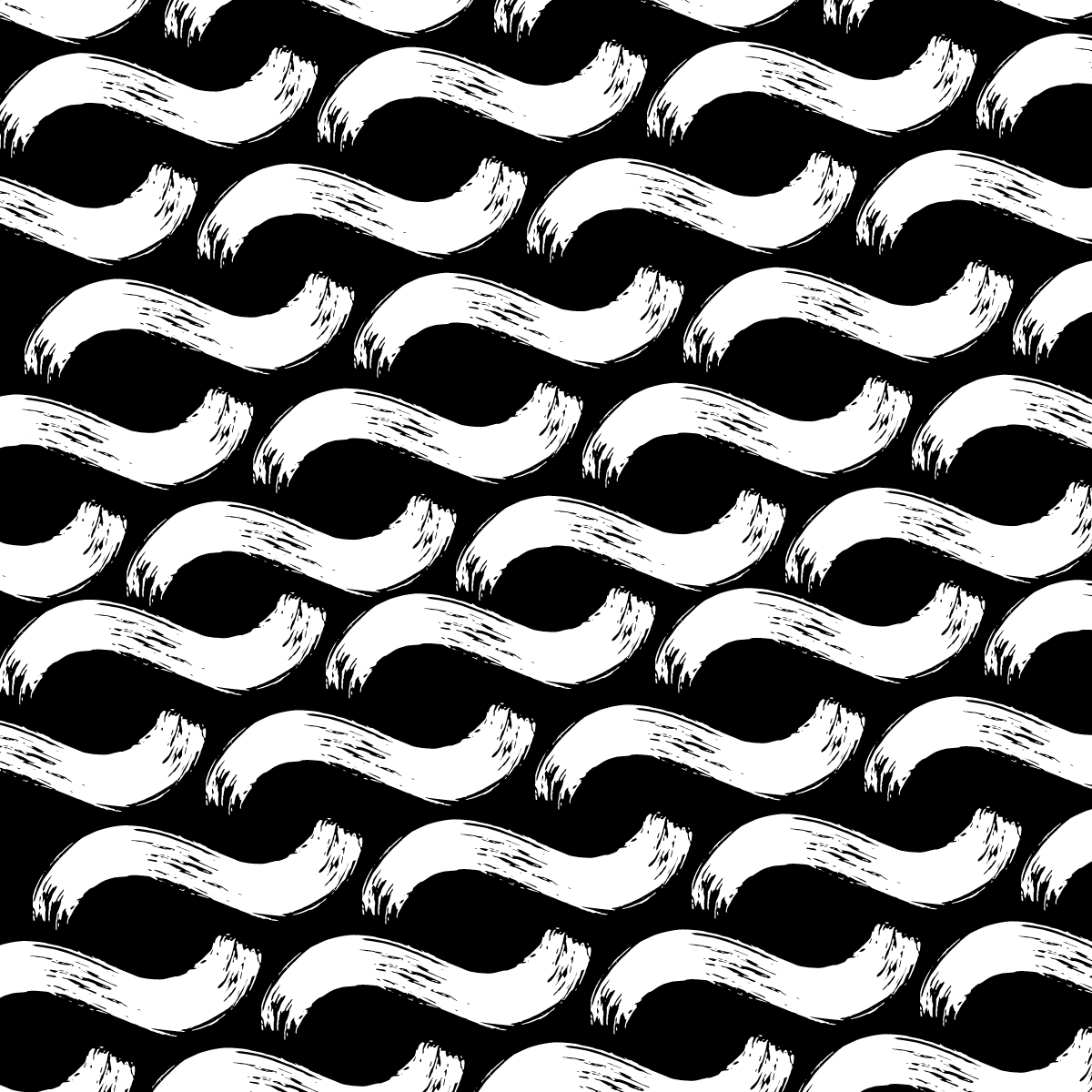Parentheses, Dashes and Commas
Parentheses,
Dashes
and Commas
Parenthetical statements stand outside of the flow of writing for emphasis, providing clarification or conveying an abrupt change.
hANNA WHITESIDE
In writing, as in speech, a story rarely follows a straight-lined, uninterrupted path from its conception to its conclusion. Almost every form of writing—fiction, non-fiction, academic, poetic and instructive alike—is inconceivable without room to move tangentially outside of the main storyline. A writer’s method for doing so is to make use of an aside, or parenthetical statement, in order to punctuate the central train of thought. Asides and tangential commentary may be included in order to dramatize or emphasise a point, to provide clarification, or to signal an abrupt change in thought or tone. Grammatically, such statements must be set off from the main sentence so as not to disrupt its flow or generate confusion.
The writer’s toolbox for interrupting sentences and interjecting additional information is heavily stocked with different forms of punctuation. The author may choose to tuck a clarifying statement out of view using parenthetical brackets (like this) or bring it in to focus— hello, em dash—or simply include it in the flow of the sentence, with a comma. Here we discuss how and when the three of these devices might be used in writing.
“The author may choose to tuck a clarifying statement out of view using parenthetical brackets (like this) or bring it into focus–hello, em dash–or simply include it in the flow of the sentence, with a comma.”
parentheses
Parentheses (formally described as parenthetical brackets) always appear in pairs and are used to enclose non-essential information. A sentence is complete and understandable without the information contained within the parentheses—this material could be removed and the sentence would still make complete sense to the reader.
The additional material contained within parenthetical brackets is often mundane or qualifying. Important or dramatic text should not be set off with the use of parentheses. For example:
Grass is nowadays the most widespread crop in the USA after maize and wheat, and the lawn industry (plants, manure, mowers, sprinklers, gardeners) accounts for billions of dollars every year.
In this example, ‘plants, manure, mowers, sprinklers, gardeners’ is not really essential or insightful information. Parentheses are often used to enclose clarifying phrases that begin with ‘namely’, ‘for example’ and ‘i.e.’, such as:
At present, more than 90 per cent of the large animals of the world (i.e. those weighing more than a few kilograms) are either humans or domesticated animals.
Stylistically, parentheses can break the rhythm of the sentence and create a jarring interruption. For this reason they are used to enclose fragments or phrases that do not belong naturally in the flow of the sentence. Since the enclosed material is also non-essential, the interruption to flow means the reader can and often will gloss over the content, almost consuming it unconsciously like one would a caption or a movie with subtitles. The jarring nature of the parenthetical bracket and its interruption to sentence flow provide an argument for removing parentheses entirely and simply separating the content into two distinct sentences.
Pius led a series of reforms in Catholic dogma and established the novel principle of papal infallibility, according to which the Pope can never err in matters of faith (this seemingly medieval idea became binding Catholic dogma only in 1870, eleven years after Charles Darwin published On the Origin of Species).
The long and somewhat convoluted nature of the above sentence could be easily broken into a more digestible structure by removing the parentheses and creating two sentences:
Pius led a series of reforms in Catholic dogma and established the novel principle of papal infallibility, according to which the Pope can never err in matters of faith. This seemingly medieval idea became binding Catholic dogma only in 1870, eleven years after Charles Darwin published On the Origin of Species.
dashes
The em dash is a versatile grammatical tool whose usage has been steadily increasing in popularity. As is the case for parenthetical brackets, the em dash can be used to enclose fragments or full sentences. The difference lies in the emphasis of the enclosed information, and the flow of the sentence. Dashes highlight or draw attention to the information enclosed, as opposed to relegating it to background information. While parentheses whisk fragments out of a sentence to understate them or to create an aside, dashes place a spotlight upon them. Lynne Truss explains in Eats, Shoots & Leaves: ‘As they sit on the page, it seems to me that the parentheses half-remove the intruding aside, half-suppress it, while the dashes warmly welcome it in, with open arms’.
The pause imbued by an em dash is longer than that created by a comma, and this anticipation adds weight to the statement or clause that follows. ‘A dash creates a dramatic disjunction which can be exploited for humour, for bathos, for shock.’ This is highlighted in the following example:
Within five minutes—from 14:42 to 14:47—the Dow Jones dropped by 1,000 points, wiping out $1 trillion.
Here we are instructed to take in and to recognise the weight of those five minutes, ‘from 14:42 to 14:47’, which might otherwise be overlooked if contained within parentheses.
Unlike parentheses, which always enclose information, an em dash can be employed as a single unit. Again in this instance the use of an em dash points to something that is to be emphasised for dramatic effect or importance:
Some may say that this is not so bad, because it isn’t the goal that makes us happy—it’s the journey.
While the additional material enclosed by parentheses can be excluded with little effect, information enclosed within em dashes is highlighted as relevant and important information. This may include lists, changes in thought and tone, and summaries. The em dash is also used to set off appositives containing commas. In this case it would become confusing for the reader if more commas were introduced.
‘They promise all the old prizes—happiness, peace, prosperity and even eternal life—but here on earth …’ creates less confusion, as a sentence, than the alternative ‘They promise all the old prizes, happiness, peace, prosperity and even eternal life, but here on earth …’
The em dash can also be used to indicate missing words, in the case of an abrupt change in thought, tone or an incomplete remark:
I think you’d be better off if you could—oh, never mind.
commas
While parentheses and dashes provide tangents from the main train of thought, a comma takes no such leave. It is the most inconspicuous and easily digested of the three styles of punctuation discussed and draws less attention to itself and away from the rest of the sentence, allowing the sentence to flow. Commas are used to enclose words that are a natural part of the sentence.
Commas are used in the case of appositives (a noun or noun phrase that defines or clarifies another noun) and are also used to set off non- restrictive elements such as ‘which’ or ‘who’ clauses.







